Table of Contents
Introduction
One of the biggest advantages of using a dry herb vaporizer is its discreetness. Unlike traditional combustion methods like joints, pipes, or bongs, vaporizers don’t create a cloud of thick, pungent smoke. But does that mean they’re entirely odor-free?
The short answer: No, dry herb vaporizers do produce a smell—but it's typically much less intense, doesn’t linger as long, and is easier to manage. This guide breaks down exactly what causes the smell, how vapor differs from smoke, how long the scent lasts, and practical ways to reduce or eliminate odor altogether—whether you’re at home, on a walk, or sharing a space.
Let’s explore how you can use your vaporizer more discreetly and confidently without leaving behind a trail.
What Causes the Smell in Dry Herb Vapor?
The scent produced by a dry herb vaporizer comes primarily from the volatile organic compounds (VOCs) in cannabis—especially terpenes. Terpenes are aromatic compounds responsible for the distinct smell and flavor of different strains. When vaporized, they are released into the air as vapor, carrying their signature aroma with them.
However, unlike combustion, vaporization only heats these compounds to a controlled temperature—usually between 160°C and 220°C. This means there’s no burning plant material, no tar, and significantly fewer secondary byproducts. The result is a lighter, cleaner smell that dissipates more quickly than smoke.
The smell may resemble the original herb but is often described as more “toasty” or “herbal” than “skunky” or “burnt.” The lower the temperature, the subtler the odor. That’s why many users describe the scent of vapor as less offensive or noticeable—especially to non-cannabis users.
Vapor vs. Smoke: Odor Comparison
The difference between vapor and smoke in terms of smell is significant—not just in strength, but in composition and persistence. Smoke results from combustion, which creates thousands of byproducts that cling to hair, clothes, and walls. Vapor, by contrast, contains only the active components of the plant without combustion byproducts.
| Characteristic | Smoke | Vapor |
|---|---|---|
| Odor strength | Very strong | Mild to moderate |
| Lingering time | Up to several hours | 10–30 minutes |
| Residue left | Stains, tar, smell in fabric | Little to none |
| Detectability | High | Moderate to low |
Vapor is therefore a better option for users concerned with privacy, hygiene, or scent sensitivity. Still, it’s important to understand that even vapor leaves a trace—especially during long sessions in closed environments.
How Long Does Vapor Odor Last?
Under normal conditions, vapor odor will linger in the air for about 10 to 30 minutes. The exact time depends on the room’s size, ventilation, temperature, and the amount of vapor exhaled. Unlike smoke, which can settle on surfaces and embed itself into fabrics, vapor typically disperses quickly and leaves minimal trace.
Key factors that affect how long vapor smell lingers include:
- Airflow: Open windows or active fans dramatically reduce lingering odor
- Room size: Smaller, enclosed rooms trap scent longer
- Vapor density: High temperatures and big clouds increase smell intensity
- Strain: Some strains (like Diesel or Cheese) naturally produce stronger aromas
After a standard session, the room typically returns to normal within half an hour, especially if you take basic odor control steps.
Factors That Influence Vapor Smell
Not all vapor sessions smell the same. The odor level depends on a combination of personal habits, device characteristics, and environmental conditions. Here’s a closer look at what affects it most:
- Temperature setting: Lower temps preserve terpenes but reduce vapor output (and smell). Higher temps produce denser vapor and a toastier scent.
- Type of vaporizer: Convection vaporizers (like the Lotus) produce less smell than conduction models, which maintain constant contact with the herb.
- Cleaning frequency: Dirty vaporizers produce stale, burnt-smelling vapor. Regular cleaning keeps the scent fresh and manageable.
- Usage duration: Long sessions or frequent draws increase total vapor output, making the scent more noticeable.
- Ventilation strategy: A cracked window or air purifier makes a dramatic difference in how quickly vapor odor disappears.
Understanding these factors can help you tailor your sessions for minimal odor, especially in shared living spaces or when stealth is a priority.
How to Reduce or Eliminate Vapor Odor
Even though dry herb vapor doesn’t reek like smoke, you may still want to minimize the scent. Here are practical strategies to stay discreet:
- Choose low-temp settings: Stay between 160°C and 180°C to reduce vapor production and scent intensity
- Exhale toward a window: Blow vapor outside or into a fan for quick dispersal
- Use a sploof: Exhale through a carbon filter tube or DIY dryer-sheet bottle to mask scent
- Burn incense or light a candle: Layer gentle smells into your environment
- Clean your vaporizer regularly: Remove old residue that can contribute to unwanted odors
- Use odor-absorbing materials: Place activated charcoal or baking soda nearby
- Keep sessions short and controlled: Limit time and quantity to reduce exposure
You don’t need to go overboard—just a few of these practices can make vaporizing nearly undetectable in many indoor settings.
Can People Detect Vapor in Public?
Yes, but it depends on how, where, and what you’re vaping. Outdoors, with good airflow, vapor scent is usually minimal and fades quickly. Indoors in tight spaces—like cars, elevators, or small rooms—people may notice the aroma, especially if they’re familiar with cannabis.
Discretion tips for public use:
- Use a low-temp portable vaporizer
- Choose strains with mild terpene profiles
- Exhale away from crowds or into absorbent fabrics
- Be respectful of surroundings and local laws
Most passersby will not detect vapor unless they are very close or paying close attention. But it’s always wise to err on the side of caution, especially in shared or prohibited areas.
Conclusion
Dry herb vaporizers aren’t completely scent-free—but they offer a dramatically reduced odor profile compared to smoking. The scent of vapor is lighter, less persistent, and easier to manage with good technique and proper tools. Whether you’re using cannabis medicinally or recreationally, understanding how vapor smell works can help you enjoy your sessions more confidently and respectfully.
For maximum control and minimal odor, consider using manually heated devices like the Vapman Click or Lotus Kit. Their hybrid and convection-based systems offer exceptional vapor quality with fewer byproducts and subtler scent release—making them ideal for those who value discretion.
About the Author

Author: Michael Mussner, Founder of INHALE Vaporizers
Michael is a passionate vaporizer designer and entrepreneur from South Tyrol, driven by craftsmanship, sustainability, and the mindful use of natural herbs. With a background in product innovation and a love for analog technology, he founded INHALE to revive flame-powered vaporizers like the Vapman and Lotus. Every product he creates is deeply rooted in authenticity, simplicity, and a respect for nature.
Questions? Contact us here or email support@nowinhale.com.



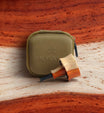

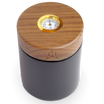
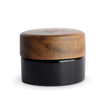


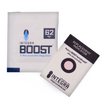




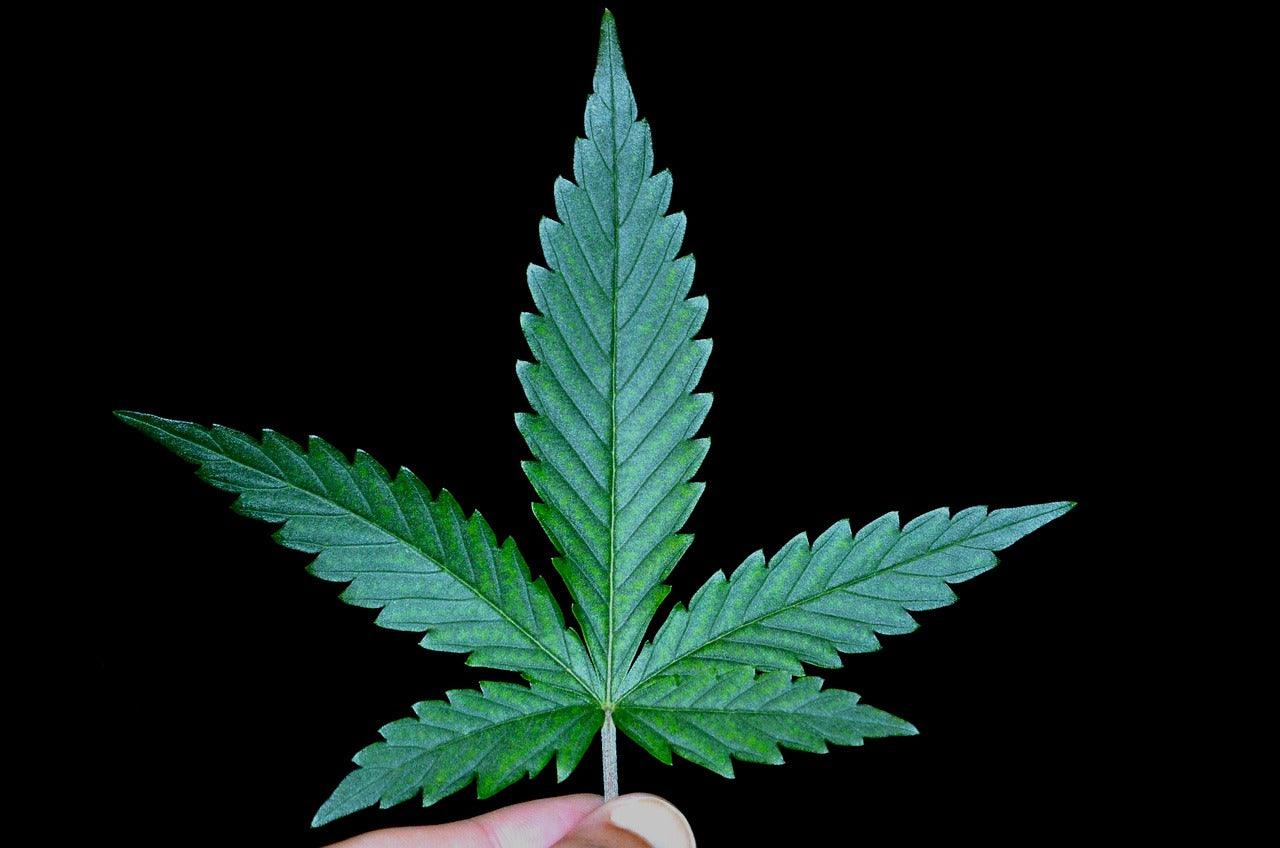


Leave a comment
All comments are moderated before being published.
This site is protected by hCaptcha and the hCaptcha Privacy Policy and Terms of Service apply.